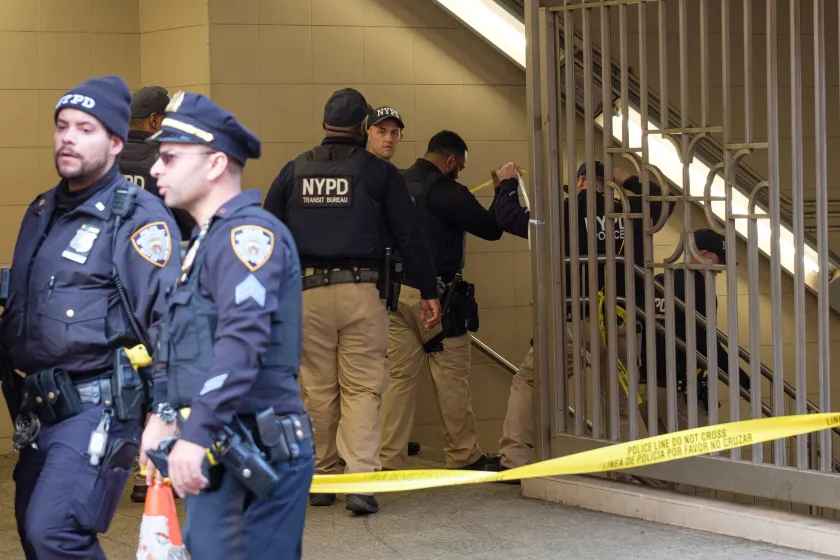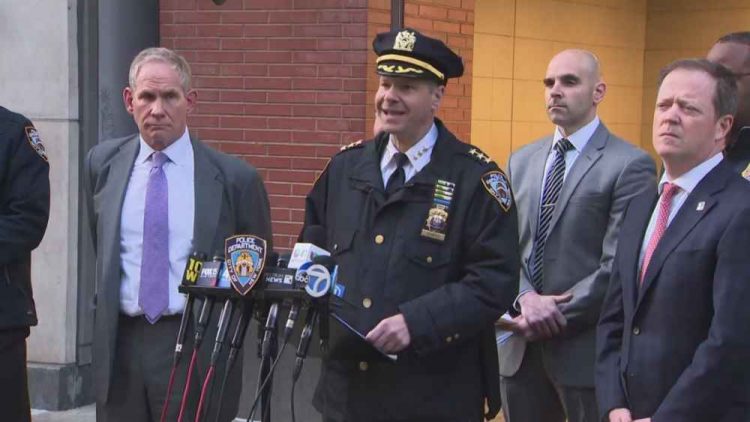The recent shooting aboard a New York City subway train has once again sparked concerns about safety and security in the city’s transit system. As passengers grappled with panic and fear during the evening rush hour, the incident underscored the ongoing challenges facing authorities in maintaining public safety in one of the world’s busiest transportation networks.
The shooting, which left one man critically wounded, occurred as the train arrived at a bustling station in downtown Brooklyn. Details emerging from the investigation suggest that the incident stemmed from a confrontation between two individuals aboard the moving train. Witnesses reported a physical altercation escalating into a violent encounter, culminating in gunfire that left one man injured.
The timing of the shooting is particularly troubling, coming just a week after Governor Kathy Hochul authorized the deployment of National Guard troops to assist law enforcement in conducting weapon searches within the subway system. This move followed a series of high-profile crimes on city trains, raising alarm bells about the safety of commuters and the need for proactive measures to address rising concerns about crime and violence.
The circumstances surrounding the shooting highlight the complex dynamics at play within the subway environment. Passengers described scenes of chaos and confusion as they sought refuge from the gunfire, underscoring the profound impact of such incidents on the psychological well-being of riders. Moreover, the presence of law enforcement officers stationed at the subway stop where the shooting occurred underscores the ongoing efforts to enhance security measures and respond swiftly to emergencies.
Videos captured by passengers offer glimpses into the tense moments leading up to the shooting, portraying a scene fraught with tension and aggression. The footage depicts individuals engaged in a heated altercation, with emotions running high and threats of violence escalating rapidly. The sudden eruption of gunfire shatters the already tense atmosphere, prompting passengers to flee in fear for their safety.
Beyond the immediate implications for those directly involved, the shooting raises broader questions about the efficacy of current strategies for ensuring public safety within the subway system. Critics argue that while increased law enforcement presence may deter criminal activity to some extent, it fails to address underlying issues such as socioeconomic disparities and access to mental health resources that contribute to crime in urban environments.
In the aftermath of the shooting, transit officials and city leaders have reiterated their commitment to enhancing security measures and ensuring the safety of passengers. However, achieving lasting solutions will require a multifaceted approach that addresses the root causes of violence while fostering a culture of vigilance and cooperation among riders and authorities alike.
As investigations into the incident continue, it serves as a sobering reminder of the challenges inherent in maintaining public safety within complex urban environments. Moving forward, concerted efforts must be made to create a transit system that is not only efficient and accessible but also safe and secure for all passengers.





















